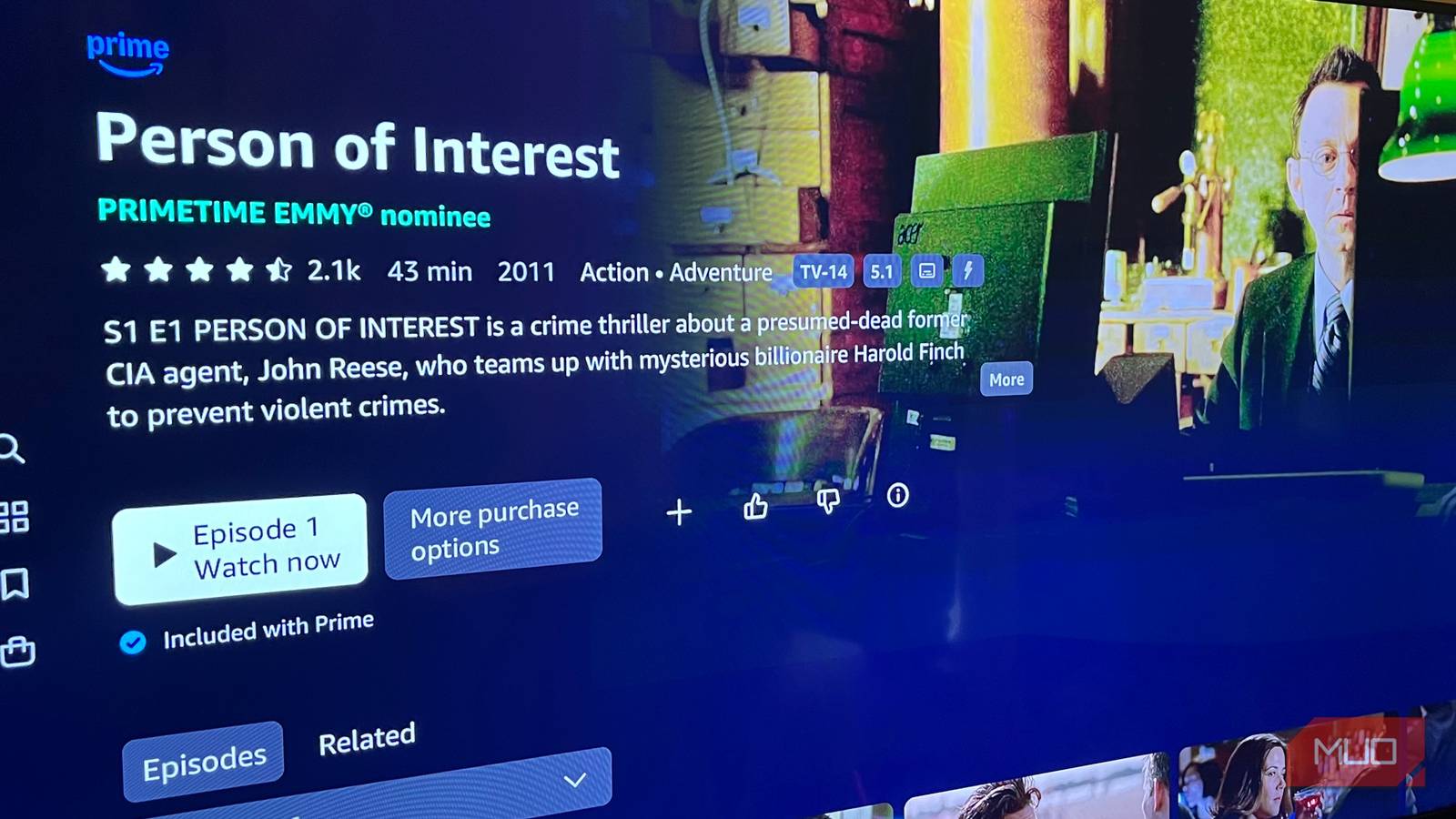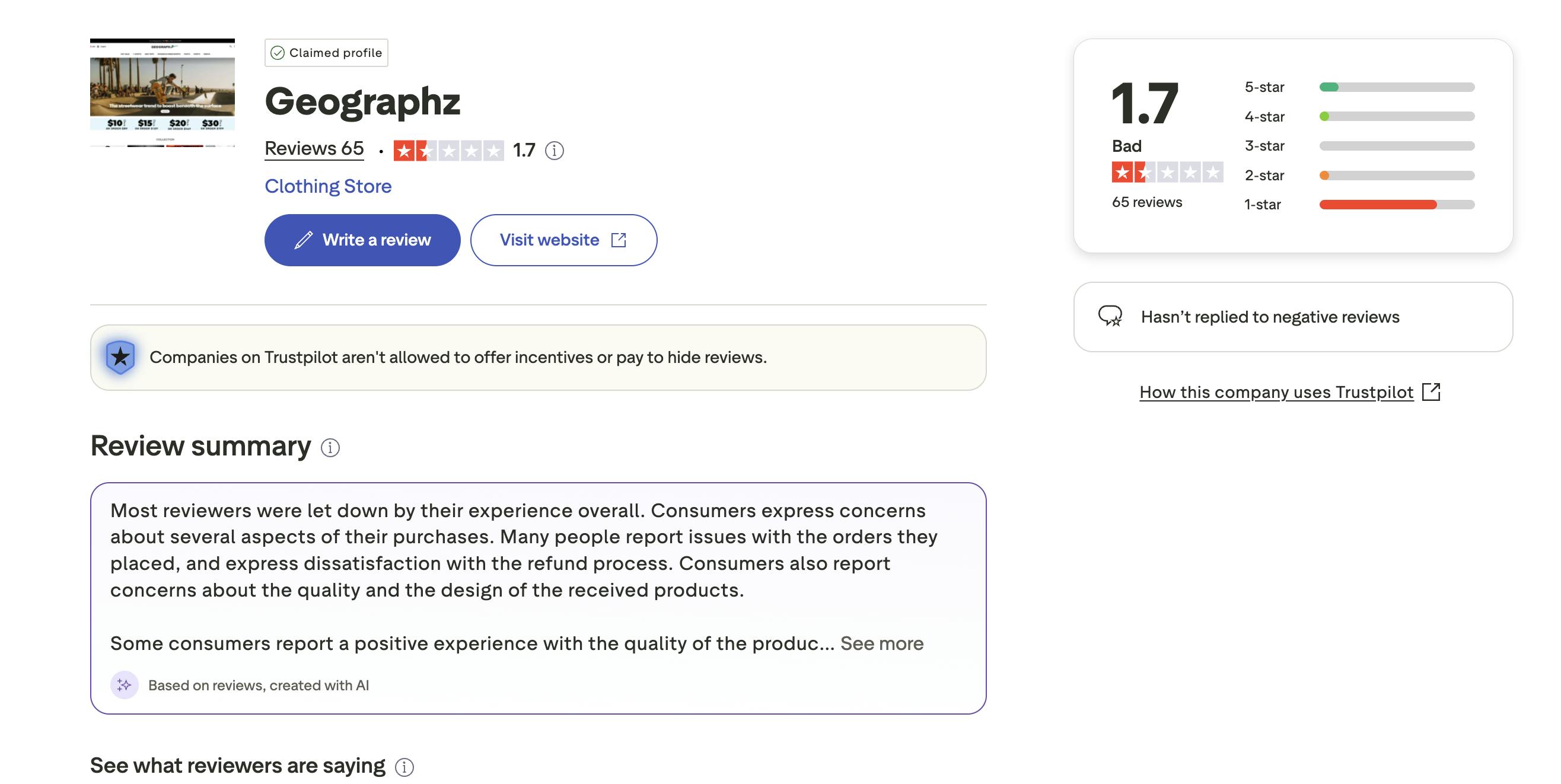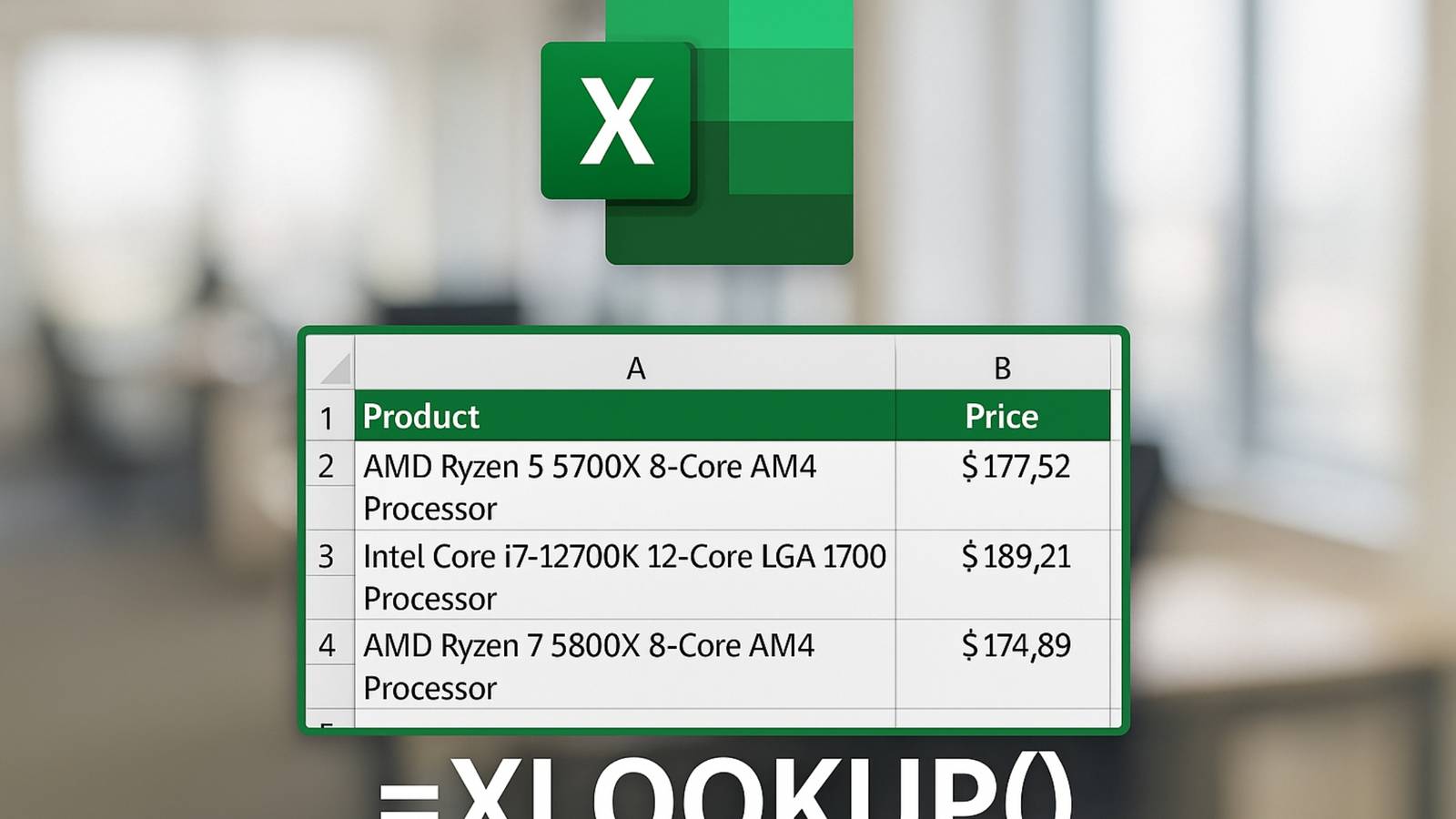“Mom, I’ve been debited twice?” I screamed at the top of my voice.
Last week, my friend introduced me to a dApp, let’s call it “StakeNow” (a fake name). StakeNow helps you stake your coins and earn rewards. As someone who decided to take her finances seriously, I downloaded the application, installed it, signed up, and connected my wallet. The onboarding process was smooth.
Then came the issue.
I selected my staking plan, entered the amount, and clicked Confirm. Nothing happened. No pop-up, no transaction prompt. After a few seconds, I clicked Confirm again out of impatience.
That’s how I got debited twice. And the worst part? The coins are locked until next year. I know you might blame me, but wait a moment. A different friend also tried to stake on the same app, and guess what? The same thing happened again.
If you’ve ever dealt with slow data fetches, stuck transactions, or delayed wallet responses in a dApp, the real problem might not be you or the dApp; it might be the RPC node behind it.
Before you argue with me, make sure you read this article to the end, especially if you are a developer, because you will learn about:
- What an RPC node does,
- Why speed matters more than you think, and
- How to choose or optimise the right RPC setup for performance-first applications.
What is an RPC Node (and What Does It Do)?
A Remote Procedure Call (RPC) is a lightweight communication protocol that allows computers to share data seamlessly between each other. Simply put, it is the road that allows smooth communication between one program to request a service from another program, often located on a different machine. For example, let’s say you want to check the amount of Ether you have in your wallet. Once you click on “Check Balance”, immediately the RPC ask the blockchain “What is this user’s balance?” using your wallet address as an identifier and sends the response to you. This request is processed within a few seconds.
Also, RPC powers actions like:
- Connecting your wallet
- Sending tokens
- Fetching the latest block
- Reading smart contract data
- Sending transactions, etc.
RPC Nodes
RPC nodes are servers (computers) in a network that can process RPC requests from clients. Simply means, they are like a logistics vehicle that takes your requests to the blockchain and brings back the response.
Types of RPC Nodes
-
Public(shared) RPC Nodes: These are free and open access nodes provided by blockchain foundations or infrastructure services. They often suffer from network congestion, rate limits, or timeouts during high traffic. Best for: Testing, small-scale apps, or experimentation.
-
Private / Dedicated RPC Nodes: These are hosted nodes that are reserved for you or your organisation via a provider like GetBlock. They offer better reliability, faster response times, custom settings, and analytics. Include features like rate-limit customisation, Service Level Agreement(SLA)uptime, and enhanced security.
-
Load-Balanced or Multi-Regional RPC Nodes: These nodes are distributed across multiple regions and load-balanced to optimise traffic handling and minimise latency. They automatically route requests to the fastest or least congested node available.
-
Self-Hosted RPC Nodes: These are full or archive nodes you run yourself. You have complete control and zero reliance on third-party infrastructure. They require significant setup, maintenance, and monitoring.
How do dApps the RPC node?
Every dApp communicates with the blockchain through RPC endpoints. These are Uniform Resource Locators (URLs) that identify the location of an RPC node or server. It specifies the protocol, hostname, port number, and the path to the RPC service. When a client application needs to communicate with an RPC node or server, it sends a request to the endpoint, specifying the procedure or function to be executed.
For example, below is a GetBlock RPC endpoint for getting data from the Binance blockchain:
Now that you know what RPC nodes are, how they work, the types of RPC nodes, and how dApps them. What happens when it’s slow or unoptimized?
Why Speed Matters in High-Performance Blockchain Networks
Have you ever been on a journey that was supposed to last 2 hours but ended up taking 6 hours? I’ve been in that situation before. The worst part is feeling stuck, knowing you have the money to take another bus but lacking the time and energy to do so. In that moment, you’re frustrated and helpless, with nothing to do but be patient.
I’m sure if you see that same bus again, you wouldn’t dare board it because of your last experience. This is exactly how you would feel if you encountered a lagging dApp. No matter how optimised your frontend is, your dApp is only as fast as the RPC node it talks to. Here’s Why RPC Node Speed Is Critical:
-
Better User Experience(UX): If users have to wait 5–10 seconds for their balance to load or a transaction to confirm, they’re more likely to drop off. A fast RPC node makes the dApp feel instant, builds trust and reliability and keeps users engaged.
-
Quicker Transaction Broadcasting: Speed matters in highly competitive blockchain environments like Decentralised Finance(DeFi) trading, Non-Fungible Token(NFT) minting or Arbitrage bots. Milliseconds can mean the difference between:
- Getting in on a mint or missing out
- Executing a trade or getting front-run
Slow RPC = your transaction gets queued behind others.
Fast RPC = your transaction gets broadcasted and mined faster. -
Reduced Errors and Double-Spends: Remember my “StakeNow” story? It’s a symptom of a sluggish RPC node. A slow node leads to duplicate transactions, confused users and increased gas costs.
-
High-Speed Nodes Keep Up with Network Activity: On busy networks (like Ethereum, BNB Chain, or Solana), block time can be just a few seconds.
If your RPC node:
- Lags behind the latest block
- Misses mempool updates
- Struggles with indexing…
…then your app becomes out-of-sync with the blockchain.
Fast RPC nodes:
-
Scalability: If you’re building something serious, such as a marketplace, wallet, or analytics dashboard, your backend relies on RPC performance. With a fast RPC node, your dApp can scale with user traffic, handle thousands of concurrent requests, and support real-time data rendering.
If speed matters this much, how can you, as a developer or infra provider, optimize your dApp for speed?
How to Optimize for Speed (as a Developer or Infra Provider)
Choosing the right RPC setup can take your dApp from 0 to 100, and here are practical ways developers and infra teams can improve performance:
-
Use a Private or Dedicated RPC Endpoint: If you care about performance, public RPC should not be your choice. While saving costs is important, investing in better performance can attract more users, leading to more revenue. Choose an RPC provider like Getblock, which offers dedicated nodes deployed solely for your dApp. This gives you complete control over your node configurations, including access to archive data, reduced latency, and improved performance for your users, as well as maximised uptime and robust failover mechanisms for more reliable service.
-
Choose Regional Endpoints Closest to Your Users: Use a multi-region RPC provider and route traffic based on geography. For example, GetBlock has servers in Europe, Asia, and the USA, allowing you to select the best server location to reduce latency and improve performance for your users. For global apps, opt for load-balanced RPCs that automatically select the nearest and fastest node.
-
Implement WebSocket (WSS) Endpoints for Real-Time Data: Instead of polling (
eth_getBlockByNumberevery second), use WebSocket endpoints to subscribe to new blocks, listen for specific smart contract events, and respond instantly to on-chain changes. -
Monitor & Benchmark Your RPC Performance: Use tools or provider dashboards. For example, GetBlock offers statistical analysis that tracks response times/status, number of requests, method call distribution, and rate limit rejections.
Key Takeaway
By now, this article has explained why RPC nodes are crucial for high-performance blockchain networks. Users want speed; nobody wants to wait too long for a transaction to process. Optimise your dApp by selecting the right RPC node provider, like GetBlock, if setting up your own isn’t an option.
Use dedicated nodes deployed just for your needs, allowing you to customise them anytime. Monitor and benchmark your RPC performance, implement WebSocket endpoints, and choose regional endpoints closest to your users.













